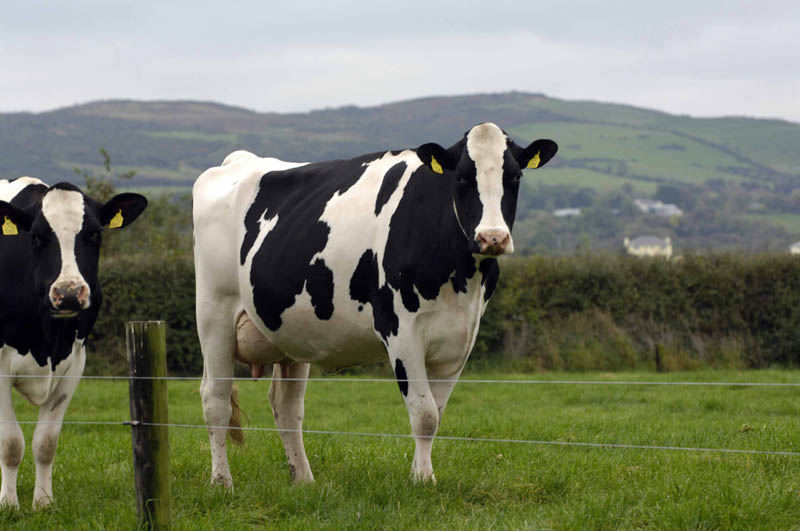Calving down and returning to the milking parlour is one of the most important times in the dairy cow’s life cycle. As the cow transitions from the dry period into early lactation, she encounters many different metabolic and environmental changes. One of the most fundamental of these, is the reduction in her dry matter intake (DMI). Intake levels, can fall as low as 6-7 kg (DM) per/head per/day, with peak consumption rates not returning for 10-12 weeks post calving in some cases. Importantly, cows will have reached peak milk yield far earlier than this, thus, unavoidably leading to a period of negative energy balance (NEB), with energy expended for body maintenance and milk production far exceeding energy intake through forage and concentrate consumption.
In general, it is the higher yielding dairy cows that are most susceptible to (NEB). Mobilising large amounts of their own body fat reserves, these animals inevitably loose Body Condition Score (BSC), as they are essentially ‘milking off their own backs’. Extended periods of (NEB) can have unfavourable effects on cow health and lead to numerous different metabolic diseases including fatty liver disease, supressed immune systems and most notably Ketosis.
Ketosis is detrimental to the dairy cow’s welfare and is a result of her own body fat reserves being mobilised quicker than what her liver can metabolise. Once this occurs, ketone production far exceeds ketone utilisation within the liver, thus, resulting in a build-up of ketones within the organ. This increase in ketone levels can have adverse effects on both farm profits and cow health, a drop in milk production, weight loss, reduced appetite and fever are all resulting factors.
There are several different management techniques available to farmers to help diminish the impact of the transition period and ultimately help prevent ketosis on farms. Calving down at the correct (BCS), minimising cow stress levels around calving, avoiding sudden dietary changes and maximising cow (DMI) post calving are all practises that can help reduce disease incidence levels.
Supplementation with a quick acting glucose oral solution in the form of glycerine is another excellent management technique that can be implemented. Acting as both a preventative and remedial measure, glycerine is a highly palatable, energy dense solution that has the ability to help offset the (NEB) that occurs during the transition period. Moreover, it also increases water intake levels while acting as an excellent glycogenic precursor, an important constituent for milk synthesis. Additionally, glycerine has longer term effects when treating ketosis as opposed to quick acting glucose supplements. Its versatility allows it to be fed through robotic milking machines, mixed through the TMR (Total Mixed Ration) or topped dressed on forages.


